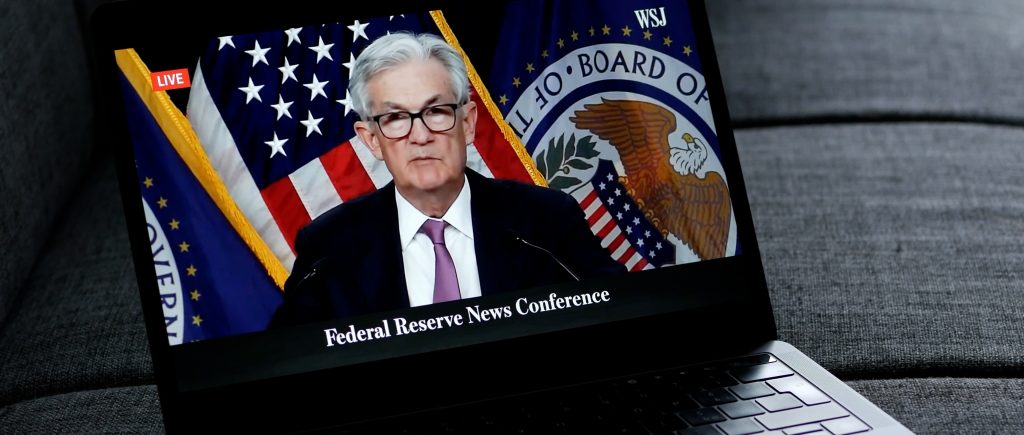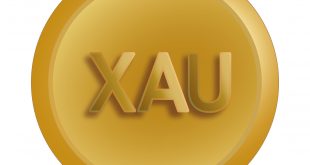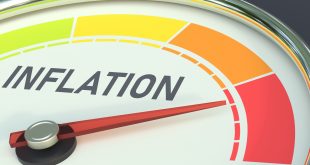The US Federal Reserveis not in a rush to cut its short-term interest rate again due to an “strong overall” economy, low unemployment, and inflation that remains above the Fed’s 2% target. Fed Chair Jerome Powell stated that the economy is strong overall and has made significant progress toward its goals over the past two years. Powell emphasized that reducing policy restraint too fast or too much could hinder progress on inflation, and further cuts would hinge on inflation declining and the job market remaining healthy.
Powell’s Senate testimony is the first of two days of hearings on Capitol Hill as the Fed grapples with how policies enacted and expected from President Donald Trump impact an economy that, by many metrics, is already performing well. He and other Fed officials are always careful to sidestep judgment about the wisdom of executive branch or congressional actions, keeping their focus on how the economy changes as a result. However, given where the economy stands and the extent of what Trump seems to intend, the premium at the Fed for now is to go slow and hope nothing breaks.
Powell will appear before the House Financial Services Committee at 10 a.m. EST (1500 GMT) on Wednesday. Both panels are now under Republican control with new chairs. While Powell has made it a priority in his nearly seven years as Fed chair to develop close ties on Capitol Hill, there will be plenty for senators and representatives of both parties to question him about.
Inflation has fallen and is expected to continue doing so, but some recent consumer surveys have shown the public potentially becoming skeptical, a particular problem for the Fed if that continues. The possibility of steep tariffs on close trading partners like Mexico and Canada and on core industrial products like steel and aluminum has triggered debate over the ways in which such import taxes would or wouldn’t cause generalized inflation.
The Fed is facing turnover in one of its key positions with the resignation of Michael Barr as vice chair for bank supervision and regulation and the eventual appointment by Trump of a replacement, with potentially major changes coming in oversight of the financial sector. For now, investors have read recent data, particularly the January employment report showing the jobless rate falling to 4% and a strong pace of wage increases, as arguing for fewer Fed rate cuts this year.
The semiannual hearings, which begin on Tuesday before the Senate Banking Committee, follow the Fed’s move into a new phase in its yearslong effort to tame price pressures. Powell is likely to reiterate that a solid labor market has given the central bank latitude to be patient about its next steps, especially since progress toward its 2% inflation goal has recently been bumpy.
The Federal Reserveis expected to follow the same approach to inflation, but the success of this will depend on whether consumer and business expectations remain in check. The backdrop is different from 2018 when inflation was too low, and the fear is that Americans emerging from the worst shock to prices in decades will be more sensitive to additional increases. There are signs that people are bracing for higher inflation, with expectations about what will happen in the year ahead having risen sharply. Fed officials focus on longer-term expectations, with year-ahead inflation expectations steadying in January and slightly rising over a five-year horizon.
The rules and regulations that govern Wall Street will also be a focus for lawmakers, given the numerous changes since Mr. Powell last testified. The central bank has paused any “major rulemakings” after its top Wall Street cop, Michael Barr, decided a month ago to step down as vice chair for supervision. Barr had faced intense pushback from Wall Street and some of his own colleagues for seeking to impose stricter rules on big banks. In December, the central bank announced that it would consider “significant changes” to make the process more transparent.
Senator Elizabeth Warren of Massachusetts and Representative Maxine Waters of California called on the Fed to resist making those changes or risk allowing banks to “game the stress tests” in a way that could ultimately undermine the stability of the financial system. They also made the case that the banks’ legal arguments “do not have merit” and suggested that they would not hold up if the Fed would “vigorously defend its clear legality in court.”
The confrontation comes amid apprehension about how the Fed is handling directives from the White House. The central bank operates independently of the executive branch and prizes its ability to make decisions on interest rates without interference. The issue of policy independence reared up during Mr. Trump’s first term as he consistently attacked Mr. Powell for resisting his demands to lower interest rates speedily enough.
On issues apart from its policy independence, the Fed has shown a clear willingness to align with the White House when it deems it appropriate and lawful. Most recently, the Fed voluntarily complied with Mr. Trump’s executive order to halt hiring. The federal government’s financial industry watchdog, the Consumer Financial Protection Bureau, was effectively shut down over the weekend, with its acting director, Russell Vought, ordering employees to cease working.

 Noor Trends News, Technical Analysis, Educational Tools and Recommendations
Noor Trends News, Technical Analysis, Educational Tools and Recommendations




